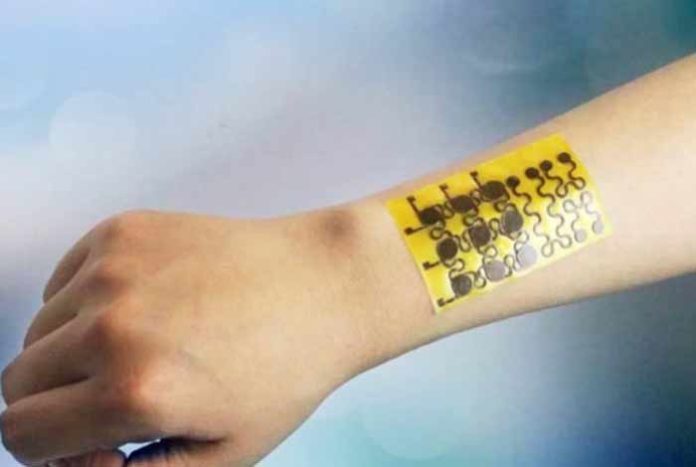
Electronic skin or e-skin is a translucent, thin material that can act like a human skin, mimicking all its mechanical and functional properties. Lots of research these days are focused on developing different sizes and types of wearable e-skin owing to their importance in scientific, medical and engineering fields. The study was conducted at University of Colorado (CU) Boulder.
Jianliang Xiao, who is lead researcher of the study along with Wei Zhang, Associate Professor of chemistry and biochemistry at CU Boulder, explained that this newly developed e-skin can measure humidity, temperature, air-flow and pressure. This e-skin has several distinctive properties along with a novel chemically bonded network polymer known as poly-imine that is laced with silver nanoparticles to provide better electrical conductivity, chemical stability and mechanical strength. Xiao also shed light on the fact that this e-skin is completely recyclable and self-healable owing to its chemical bonding of poly-imine. Considering the alarming amount of e-waste generated every year, e-skin is both environmental friendly and economical. The self-healing of bruises or cuts is done by combining three easily available commercial compounds in ethanol.
Additionally, it can also be used on curved skin areas like elbows and robotic hands just by applying moderate pressure and heat to it. This process can be implemented without applying any excessive stress.
For example, if you want a robot to take care of your baby, you can integrate this e-skin on the robot’s fingers that can easily feel the pressure of the baby. Xiao added that to recycle this e-skin, it is generally soaked into a solution which can degrade the polymer into monomers and oligomers, both of which are ethanol soluble. The silver nanoparticles sink down in the solution. Both these nanoparticles and recycled solution can be later used to create new, functional e-skin.
The study was recently published in the journal Science Advances.




